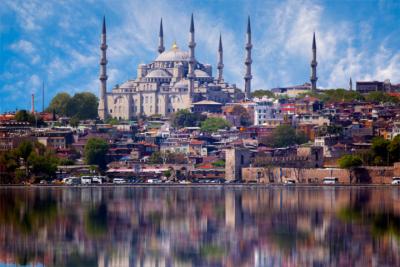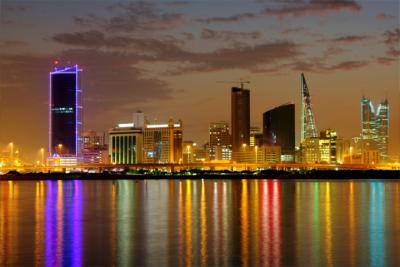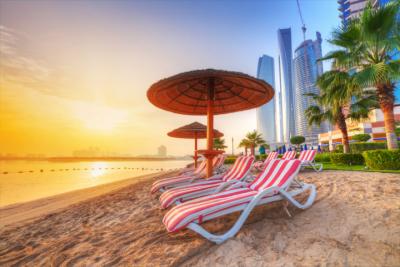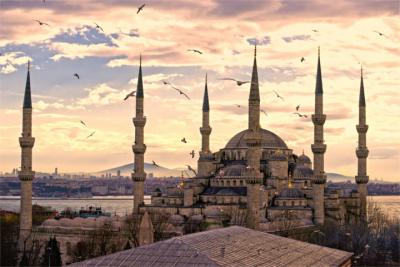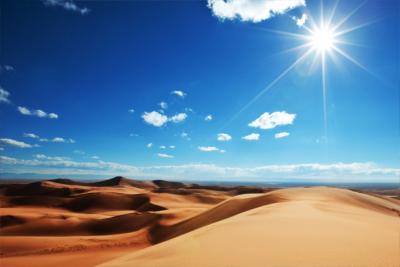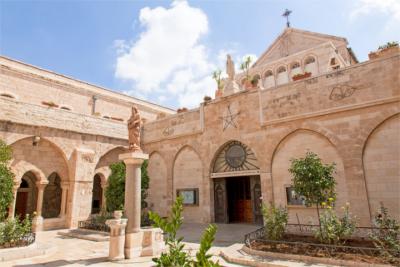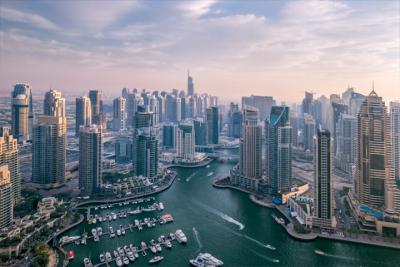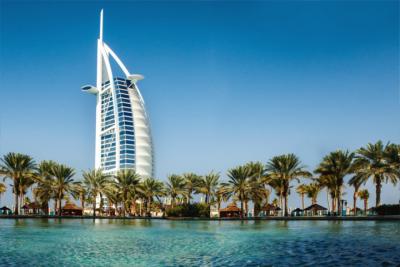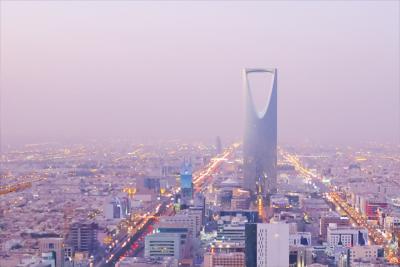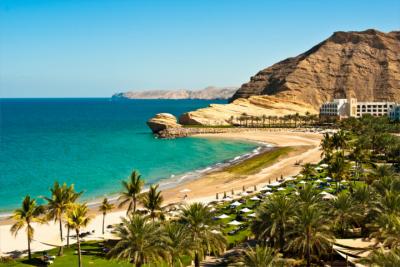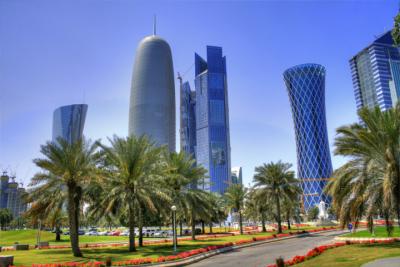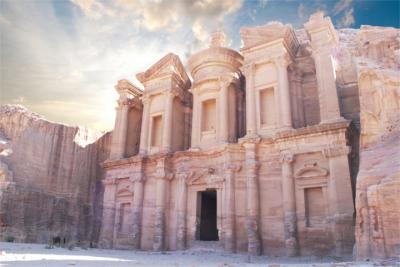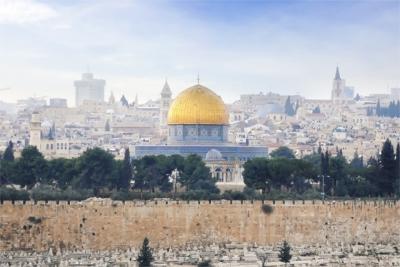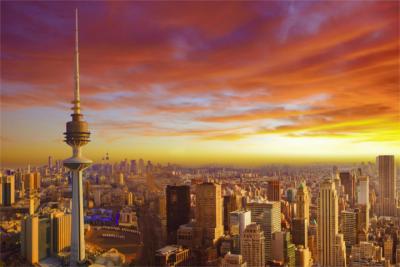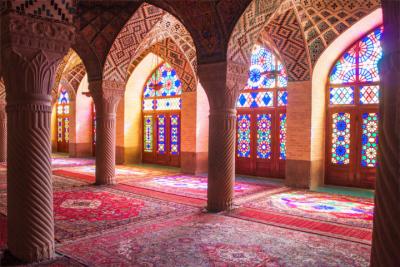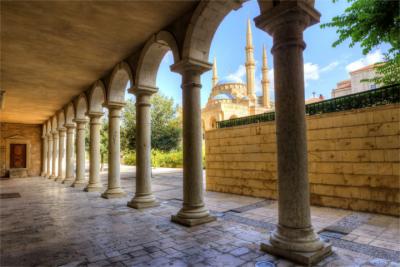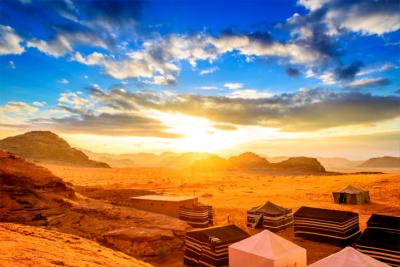Travel Offers
Travelmyne Featureprint
Distance
Middle East - Out and About in the Orient
Arabian nights, flying carpets and hot desert sand - who does not want to succumb to Aladdin's magic for once in their life? The Middle East promises the oriental world and contains treasures of the oil sheikhs and the Bedouins. A formerly underrated tourist region wins globetrotters' hearts.

Geography - The oriental deserts
The Middle East comprises the seven countries of the Arabian peninsula Kuwait, Oman, Qatar, Saudi Arabia, Yemen, the United Arab Emirates and the island state Bahrain as well as the nations of the Levant Israel, Palestine, Jordan, Lebanon and Syria. Iraq, Iran and Turkey are also classed with the countries of the Middle East. The term itself was coined by the Europeans who referred to the region in the east from their western perspective. Historically speaking, the term denotes the territory of the Ottoman Empire. While the region is surrounded by great waters like the Mediterranean, the Persian Gulf or the Red Sea, the mainland mostly consists of desert landscape. Especially the Arabian peninsula at the Red Sea is almost completely covered in deserts - strictly speaking, the region is one of the five greatest deserts on earth. The predominantly subtropical climate only changes to a winter rain climate with high precipitation in Iraq, Iran and Syria.
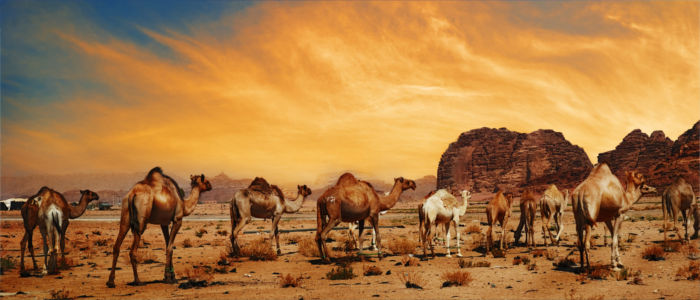
Nature - The desert Nefud and the Fertile Crescent
The oriental world accommodates the world's greatest deserts. Dunes several metres high, red sand and bizarre rocks, which were created by storms, bring Scheherazade's stories from One Thousand and One Nights back to life. As it only rains once or twice a year, the flora and fauna are sparse. Deserts, steppes and pricky shrubs dominate the picture. Besides the great Nefud desert, the largest sandy desert Rub' al Khali covers almost a third of the Arabian peninsula. With an average daily temperature of 60°C, it is no wonder that the desert has hardly been explored to the present day and that it is uninhabited for the most part. The further travellers move into the east of the orient, the lusher the vegetation becomes. The deserts in Iran quickly change to fertile farmland and deep forests. Animals like gazelles, goats and sheep also feel much more comfortable in these cooler regions. Next to the great deserts you find the region of the Fertile Crescent. This crescent-shaped area extends over Iraq and other countries to Syria and constitutes fertile agriculture equipped with an elaborate canal irrigation system.
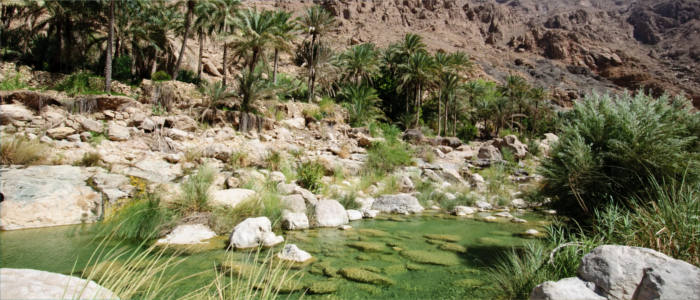
Culture - From the Nomadic people to the oil sheikh
The countries of the Middle East share a great heritage - the Islam. The whole region is generally characterised by a rich culture and history. The oriental stories of the legendary Kingdom of Saba in present-day Yemen, Sinbad the Sailor, Ali Baba and Aladdin, and the traditions of the Nomadic people and the Bedouins, who carry on a caravan trade on their never-ending journey through the oriental deserts, form the established image we have of the Middle East. But not all of it originates in the world of stories and myths. The nomadism and the itinerant economy in the desert countries survived until the last century and still exist today to some extent. What seems much more legendary is the meteoric rise of several gigantic cities. The sheikhs of Dubai and Abu Dhabi owe their wealth to the enormous oil reserves. Altogether the countries of the Middle East cover two thirds of the oil deposit on earth. This way, the land of the Bedouins became an industrial and consuming nation, which rapidly produced a powerful infrastructure and gigantic metropolises out of the blue.
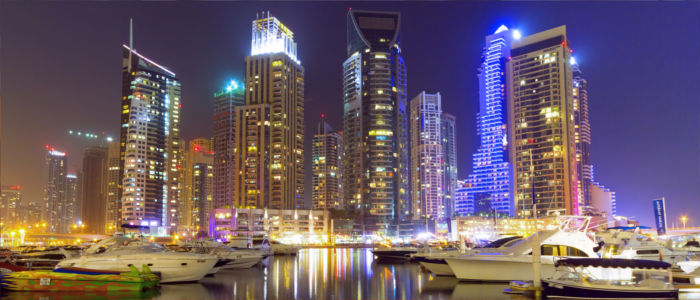
Experience - Following the Bedouins into luxury
Those who want to experience the Middle East have to emulate the Bedouins' deeds. Popular activities are the traditional desert tours with a Jeep or classically on a camel, even overnight stays in a genuine Bedouin tent are possible. Enough drinking water, GPS and fuel are part of the basic equipment. Those who want to rinse the dust out of their hair afterwards need to go to one of the superlative luxurious cities. Dubai impresses with gigantic skyscrapers and extensive leisure activities. Sports fans treat themselves to a day in Ferrari World in Abu Dhabi and holidaymakers who want to relax lodge in one of the little luxury houses on the artificially created palm island near Dubai. Those who are interested in history should not miss out on the Islamic pilgrimage site Mecca in Saudi Arabia. In the Levant countries, the Wailing Wall in Israel, the oasis town Palmyra in Syria or the diving paradise Aqaba at the Red Sea of Jordan are particularly popular. Visitors of Turkey best experience the country's charm on one of the traditional bazaars, where they can indulge in the exotic smell of spices, teas and sweet desserts.
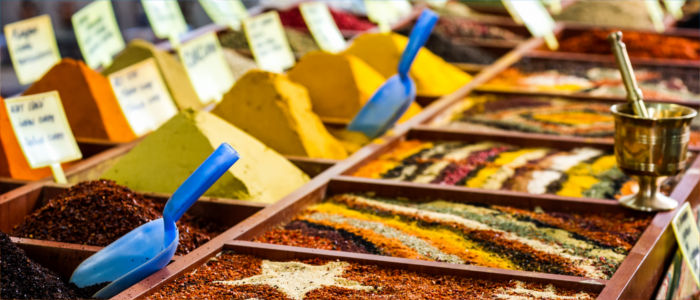
Information
One of the Middle East's most important airports is Dubai International Airport in the United Arab Emirates. Arabic is the first official language of the countries of the Arabian peninsula and the Levant. Only in Israel and in West Jordan Hebrew is classified as the second official language. Turkish is spoken in Turkey, while the Iraqis use Arabic and Kurdish, and Persian is the main language in Iran. Each country has its own currency but in the tourist centres you can often also pay in US dollars. The entry requirements depend on the respective country.
The Middle East is full of tradition and history. Oriental nights in Dubai and desert races belong to the programme as does a trip to the religious centres Israel and Palestine. It is the right destination for both adventurers, city travellers and lovers of culture.

